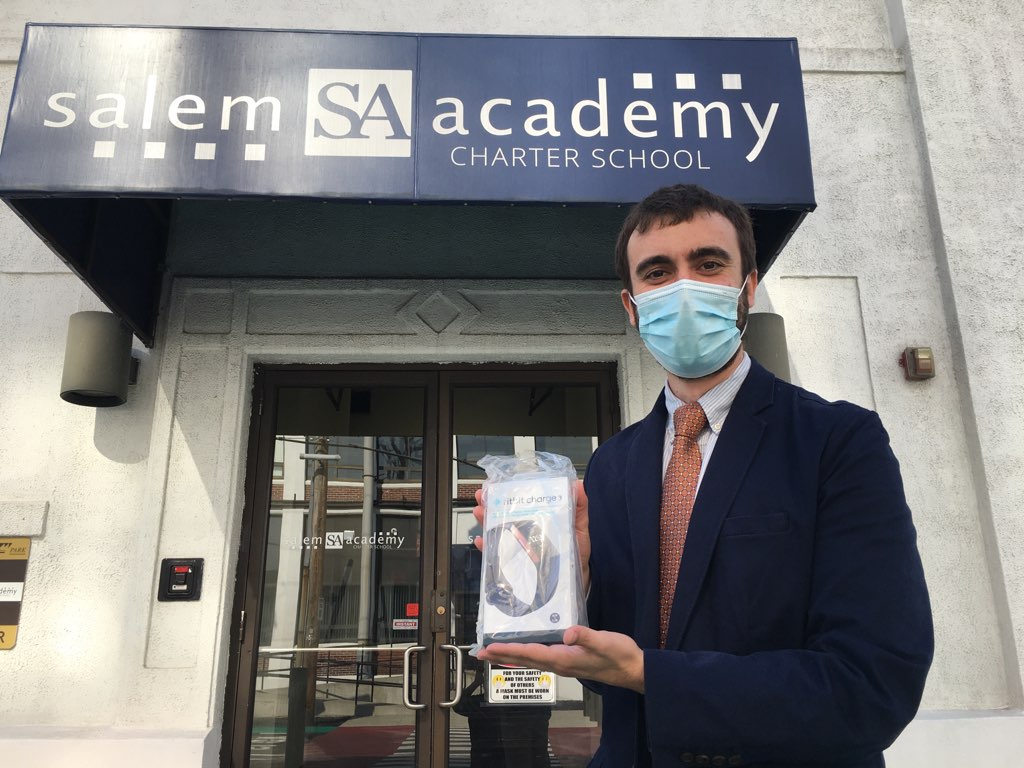While most people wouldn’t connect kids with cardiovascular research, a Boston-based partnership is working to change that.
One Brave Idea™(OBI) is an $85M research and innovation initiative co-founded by the American Heart Association and Verily, with significant support from AstraZeneca and Quest Diagnostics. OBI was established to pursue unconventional scientific approaches in order to make major advances in the fight against coronary heart disease. Dr. Calum MacRae, MD, PhD – Vice Chair for Scientific Innovation and Associate Professor at Brigham and Women’s Hospital and Harvard Medical School – recognized that learning more about cardiovascular health and wellness in youth was important to OBI and sought out a partnership with the Acera School to facilitate K-12 involvement at scale.
Acera piloted the Measures for Health in Schools (MHS) study at both its lab school and at Salem Academy Charter (SAC) in Salem, Mass, with 60 students in grades 6-9 and 57 parents participating.
The study involved cutting-edge, standards-aligned science, technology, engineering and math (STEM) curricula and positioned youth both as researchers of and contributors to real, impactful research. Through OBI’s funding, Acera developed activity guides for remote or hybrid classrooms, provided remote instructional training, and Fitbits to students and parents who consented to participate. The study explored the associations between activity, heart rate, sleep, emotional states, and student experiences of pandemic-era schooling. Data was collected through app-based surveys triggered by time of day.
Both study participants and non-participants engaged in curricular activities on cardiovascular health, wearable technology, and data analysis. Students learned about heart anatomy, standard measurements from a physical exam (e.g.: BP, BMI, LDL, HDL), common cardiovascular diseases, and understood the relationship between heart rate and activity.
The wearable technologies session introduced students to the growing field of wearable technology in and beyond health applications. Students were asked to consider questions about what wearable technology is and how it impacts people, and how it can benefit our own health and help us build our quantified-self — a data-driven self-portrait of one’s own health data. Students demonstrated their knowledge of wearable technology by generating ideas of devices that can help people.
Finally, students explored key ideas for thinking statistically and visualizing data. Using de-identified data sets, students learned how to bring interesting, meaningful features out of data. Students developed insight into the relationship between body and mind, while developing 21st century skills and awareness of health-promoting behaviors.

